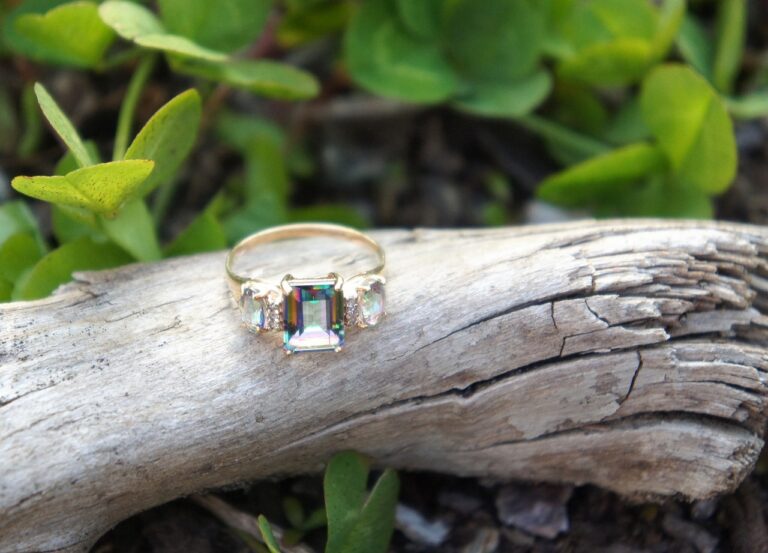Fashion and Indigenous Communities: Collaboration and Respectful Representation in Design
Indigenous communities within the fashion industry often encounter numerous challenges that stem from a lack of recognition and respect for their cultural heritage. From cultural appropriation to the underrepresentation of indigenous designers, these communities struggle to find their place in an industry that often fails to acknowledge their contributions and identities. Despite the rich history and creativity they bring, indigenous designers frequently face barriers that hinder their ability to thrive and showcase their unique perspectives in the fashion world.
Furthermore, issues of exploitation and misrepresentation also plague indigenous communities in the fashion industry. Designs and motifs inspired by indigenous cultures are sometimes commercialized without permission or proper credit, leading to a distortion of their meanings and significance. This not only perpetuates harmful stereotypes but also diminishes the cultural integrity of indigenous peoples, highlighting the importance of addressing these challenges to create a more inclusive and equitable fashion industry.
• Indigenous designers often struggle with a lack of recognition and respect for their cultural heritage
• Cultural appropriation is a common challenge faced by indigenous communities in the fashion industry
• Underrepresentation of indigenous designers hinders their ability to showcase their unique perspectives
• Exploitation and misrepresentation of indigenous designs and motifs are prevalent issues in the industry
• Commercialization of indigenous cultures without permission or credit distorts meanings and significance
Cultural Appropriation vs. Cultural Appreciation in Fashion Design
Cultural appropriation in fashion design involves borrowing elements from a culture without proper acknowledgment, often leading to disrespect and misrepresentation. This practice can perpetuate harmful stereotypes and exploit indigenous communities for profit, causing deep offense and erasing the cultural significance of traditional garments and designs.
On the other hand, cultural appreciation in fashion design involves respectfully incorporating elements from different cultures with a genuine intent to honor and celebrate their beauty and significance. When done thoughtfully and with proper consultation with community members, cultural appreciation can lead to meaningful collaborations that promote cross-cultural understanding and support indigenous artisans and designers.
Importance of Authentic Representation in Indigenous Fashion
Authentic representation in Indigenous fashion is crucial for ensuring that the designs truly reflect the diverse cultures and traditions of Indigenous communities. By incorporating traditional patterns, materials, and techniques in a respectful manner, designers can create pieces that celebrate the rich heritage of these communities. This authentic representation not only allows Indigenous designers to showcase their talents but also helps to preserve and promote their cultural identity.
When Indigenous fashion is portrayed authentically, it serves as a powerful tool for challenging stereotypes and misconceptions that have long plagued these communities. Through the use of Indigenous models, artisans, and cultural consultants, fashion brands can ensure that their collections are both culturally sensitive and accurately reflect the values and histories of Indigenous peoples. By promoting authentic representation in Indigenous fashion, designers have the opportunity to foster greater understanding, respect, and appreciation for the diverse tapestry of Indigenous cultures around the world.
What are some challenges faced by Indigenous communities in the fashion industry?
Some challenges faced by Indigenous communities in the fashion industry include cultural appropriation, lack of representation and recognition, exploitation of traditional designs without consent, and limited access to resources and opportunities.
How do we differentiate between cultural appropriation and cultural appreciation in fashion design?
Cultural appropriation in fashion design involves taking elements of a culture without understanding or respecting their significance, often leading to misrepresentation and exploitation. On the other hand, cultural appreciation involves acknowledging and honoring the cultural significance of elements, collaborating with Indigenous communities, and giving credit where credit is due.
Why is authentic representation important in Indigenous fashion?
Authentic representation in Indigenous fashion is important because it allows for the preservation and celebration of Indigenous cultures, promotes diversity and inclusivity in the fashion industry, empowers Indigenous designers and artisans, and helps combat cultural appropriation and misrepresentation.







